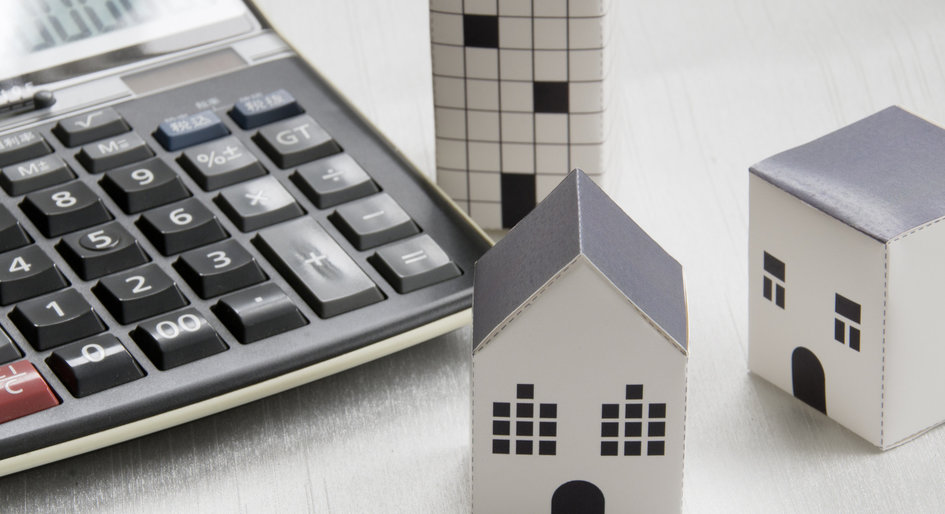Many among the general public seem to believe that residential rental property owners pay the property tax as part of their operating costs. The truth is, every tenant in every municipality in Ontario pays property tax as part of their rent. These property taxes are a hidden part of each tenant’s living expense obligation to their municipality, which provides them with education, emergency service, garbage collection, roads and more.
That means a significant portion of rental tenants, especially the vulnerable fixed income and affordable housing tenants, are paying taxes that are upwards of two times that of owners of a single family home or condo. The misperception derives from the landlord’s obligation to collect and remit this tax on the tenant’s behalf, much like every retail outlet collecting HST on behalf of the consumer.
A rent reduction is allowed under section 131 of the Residential Tenancies Act (RTA) when the municipal property taxes for the residential complex have decreased by more than 2.49 per cent from one year to the next. Like so many things, this law does not apply to public housing.
It doesn’t matter what the landlord’s property tax rate is. If the building contains seven or more units, then 20 per cent of the landlord’s total lawful rent must be paid back to the tenants. For less than seven units, the decrease is 15 per cent.
All municipalities then send out a letter as required by the RTA directly to every tenant in a building providing legal advice that they are entitled to a rent decrease, and that no permission is required from the Landlord and Tenant Board (LTB) for the tenant to earn this rent decrease.
A landlord can pass on an extraordinary increase, which occurs when the property tax increase is greater than the current rent increase guideline plus 50 per cent of the same guideline. For example, this year the guideline is 1.8 per cent, so an extraordinary increase would be 1.8% + 0.9% (50% of 1.8%) = 2.7%. The landlord must then undertake a grueling and complex LTB application called a Rent Increase Above the Guideline (AGI). It takes an average six months to set an LTB hearing date after the application has been submitted, and another six months for the LTB to render its decision. The decision isn’t automatic like it is for tenants, despite the subject matter being exactly the same.
And, although the landlord paid the tenant’s property tax up front, the landlord must give the tenant a minimum of 90 days’ advance written notice of the rent increase. Furthermore, the rent increase cannot occur until the next anniversary date of each tenant’s annual rent increase. And further to that, the tenant has the right to challenge the AGI application at the LTB hearing.
The Municipal Property Assessment Corporation (MPAC) reassesses a property’s value from time to time, most often when it changes ownership. MPAC doesn’t set the tax rate. It only establishes property value, on which the tax amount is determined. The municipality then sets the property tax rate for each building type. In the City of Oshawa, for example, the rate for single family homes and condos in 2018 is 1.41per cent. Oshawa taxes apartment buildings at 2.48 per cent, almost double.
Based on my own private research conducted in May 2017, all the municipalities of the Region of Durham were in the top 20 ‘worst offenders’ of this tax policy. Oshawa appears to be the third highest in the province, next to Hamilton and Orangeville. Clarington ranks fifth, followed by Whitby, Ajax, Pickering and Scugog. Some municipalities make no distinction between apartment buildings and single family homes including Barrie, Markham, Vaughan (apartment building property taxes are lower than single family homes there), Stouffville, Newmarket and Aurora.
It’s unlikely you’ll find any government documentation that explicitly states that residential rental tenants pay property taxes even though it’s common knowledge that every commercial tenant pays their prorated share of the commercial property tax via TMI – taxes, maintenance and insurance.
Do residential rental property tenants pay property tax? Of course they do. It’s built into the RTA. It’s just cleverly disguised to shield the government from direct accountability when property taxes negatively impact tenants.
Chris Seepe is a published writer and author, ‘landlording’ course instructor, president of the Landlords Association of Durham, and a commercial real estate broker of record at Aztech Realty in Toronto. He can be reached at: (416) 525-1558, cseepe@aztechrealty.com or by visiting his website: www.drlandlord.ca





